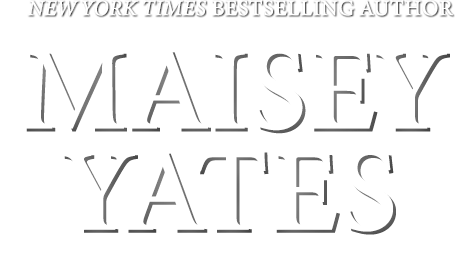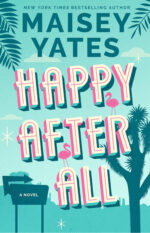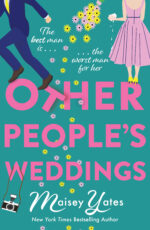What’s It Gonna Be, Neo?
No, this isn’t really about The Matrix. It’s about the rabbit trail of conflict. And the need to see how far down the rabbit hole goes. (I forgot which pill I was supposed to take to get there…red or blue…so I took both and now I’m dizzy)
Conflict in non-category books has room for several threads, a bit more external, a villain, a secondary story, actual, real secondary characters that are more than just peripherals.
A 50K or so book doesn’t so much. And that means that focused conflict is required.
Now, I’m not a plotter by nature, but when I start, I like to sort of know what I’m dealing with conflict-wise. It may take me the whole partial, or longer, to really nail it down. But the whole time I’m writing I’m always thinking about the internal conflict of the characters.
I try to think of mine as…ta-da…a rabbit hole.
So let’s take a hero. Hi, Hero. We’ll call him Colby, because that’s an underused name in Romance.
So, we have Colby. He wants revenge. (This is the surface, the clear, obvious stuff we get from page one) Why? It’s retribution. A bit deeper now. He’s out to see himself elevated to a higher position, to be better than those who wronged him, and he’ll bring them down in the process. Why? Because there’s something in himself that he’s insecure about, which makes the need for glory and recognition, and the chance to spit upon his enemies, an all-consuming drive.
And that’s where following the ‘he wants revenge’ rabbit trail takes me. It also covers all those lovely things: Goal, Conflict and Motivation. His goal is to get revenge which will lower his enemies and make him better, which is motivated by his need for retribution, which is made even more compelling by his conflict, the insecurity that will be salved by his newfound position of power. *gasps for breath*
So what do we do with Colby? How do we now fix this vengeance needing insecure hero with a need for material glory and elevation? If the material has been the most important thing for him in the book, he needs to realize that the heroine is more important than that, and he needs to demonstrate that change in a real, profound way that shows us the arc he has undergone as a character.
If his goals were to gain status, connections, he could sever those ties. What if being with the heroine, who is of low station, or was the girl who jumped out of cakes at bachelor parties, or something, asks him to compromise that goal?
Even better. Because when he can set all that aside. The vengeance, insecurity and need for retribution via status and possession, he’s had his arc, and his conflict is all dealt with.
And he can have his HEA with Cordelia, the girl who used to jump out of cakes for a living.
So that’s an example of how I follow the conflict rabbit trail back. We have the surface, we go beneath it, get all the way to the bottom of it, and then figure out how to best bring about change in the character, in a way that suits all that lovely conflict.
Hope that makes sense, it’s the analogy I use in my head. 🙂
Comments
3 Responses | TrackBack URL | Comments Feed








I love that way of thinking about the conflict. It’s true, with only 50K there is no room to play around. It’s got to be a very focused, tunnel-vision kind of conflict in order to get it all in there before the book’s end. But that’s what is so fun about a category.
I think Haven needs to keep an eye on you and the your red and blue pills lol! Great post Maisey!
Julia, it’s true. You have to stay focused so that the reader can feel they got a whole character arc, and that they really got to know the characters.
Lacey…>_O possibly.